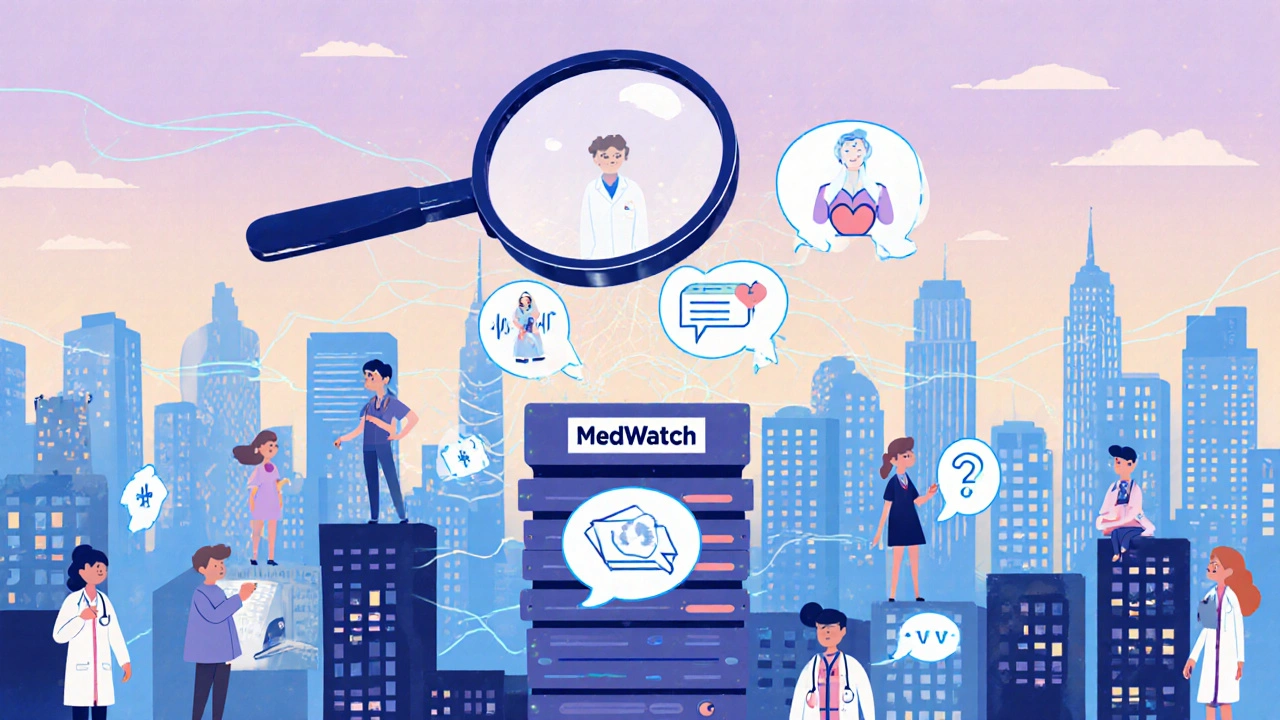When a new drug hits the market, the real test begins—not in a lab, but in millions of real bodies. This is where post-marketing pharmacovigilance, the ongoing monitoring of drug safety after regulatory approval. Also known as pharmacovigilance, it’s the system that watches for side effects too rare or too slow to show up in clinical trials. Clinical trials involve a few thousand people over months. Real life involves millions over years. That’s where things like rare heart issues, long-term liver damage, or unexpected interactions slip through the cracks—until someone reports it.
That’s why adverse drug reactions, harmful or unintended responses to medications at normal doses are tracked through global databases. Doctors, pharmacists, and even patients report symptoms that don’t match the label. One person’s "brain zaps" after stopping an antidepressant. Another’s sudden drop in blood sugar after switching sulfonylureas. These aren’t just anecdotes—they feed into systems that can trigger warnings, dose changes, or even drug recalls. pharmacovigilance systems, structured networks that collect, analyze, and act on drug safety data worldwide rely on this trickle of real-world data to stay ahead of danger.
It’s not just about new drugs. Even old ones like clozapine or indapamide can reveal new risks when used in new populations—like smokers, kidney patients, or pregnant women. That’s why the article on smoking and clozapine levels matters. Or why the piece on indapamide side effects is more than a list—it’s part of a larger safety picture. These reports help doctors adjust treatment plans before someone ends up in the ER. And they’re why you should never ignore unusual symptoms after starting a new med, even if it’s been on the shelf for years.
What you’ll find below isn’t just a list of articles. It’s a window into how post-marketing pharmacovigilance shapes real treatment decisions. From mRNA vaccine safety tracking to how penicillin allergies are misdiagnosed, each post shows how safety isn’t a one-time approval—it’s a continuous conversation between patients, doctors, and the systems watching over them.
Posted by
Paul Fletcher
13 Comments

Post-marketing pharmacovigilance is how hidden drug side effects are found after approval. Learn how real-world data, AI, and patient reports catch dangers clinical trials miss - and why your report matters.
read more